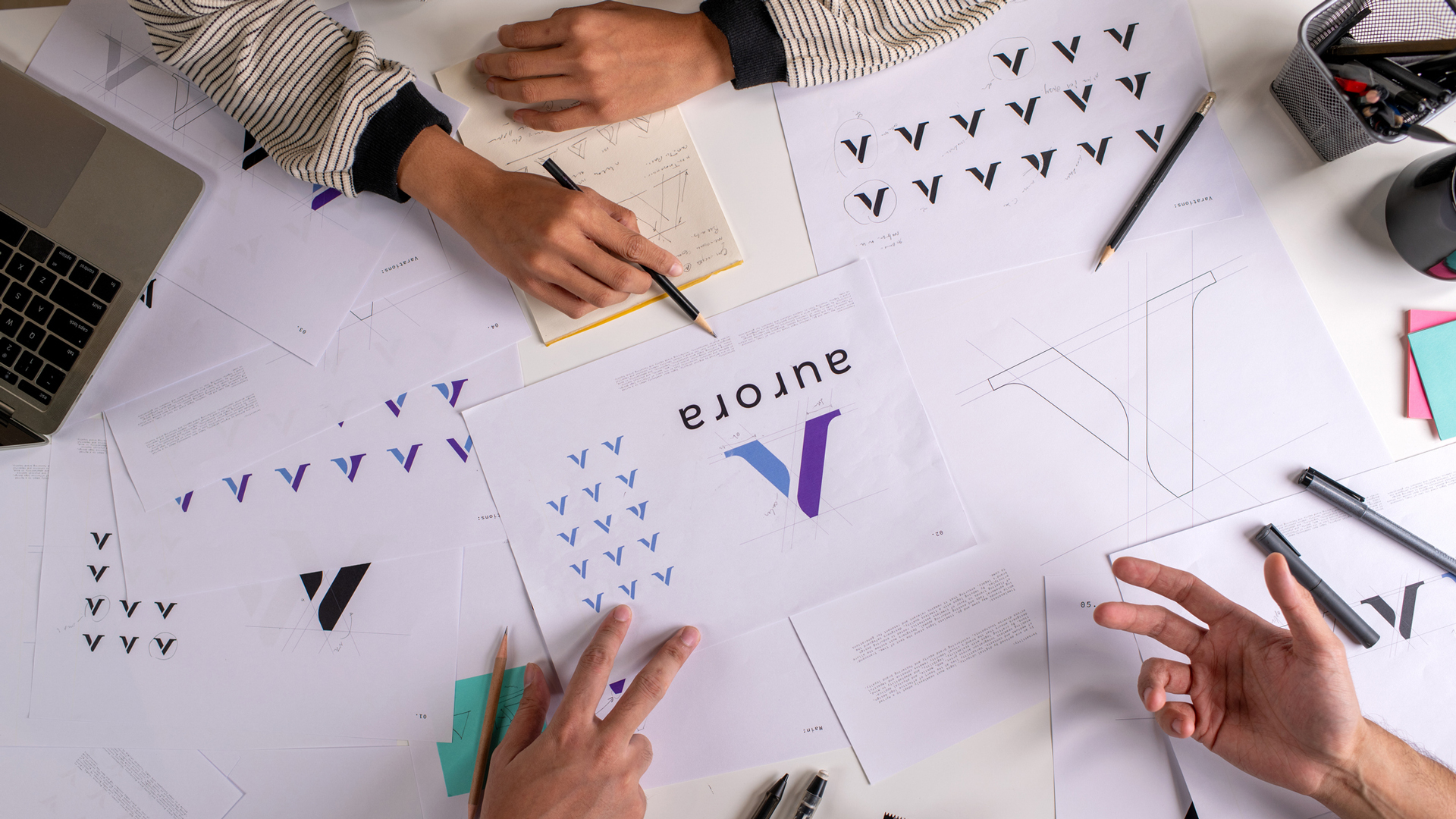How to build a global reputation overnight
The team from Koto explain how they shot to 11th place in Computer Arts' UK Studio Rankings in just three years.
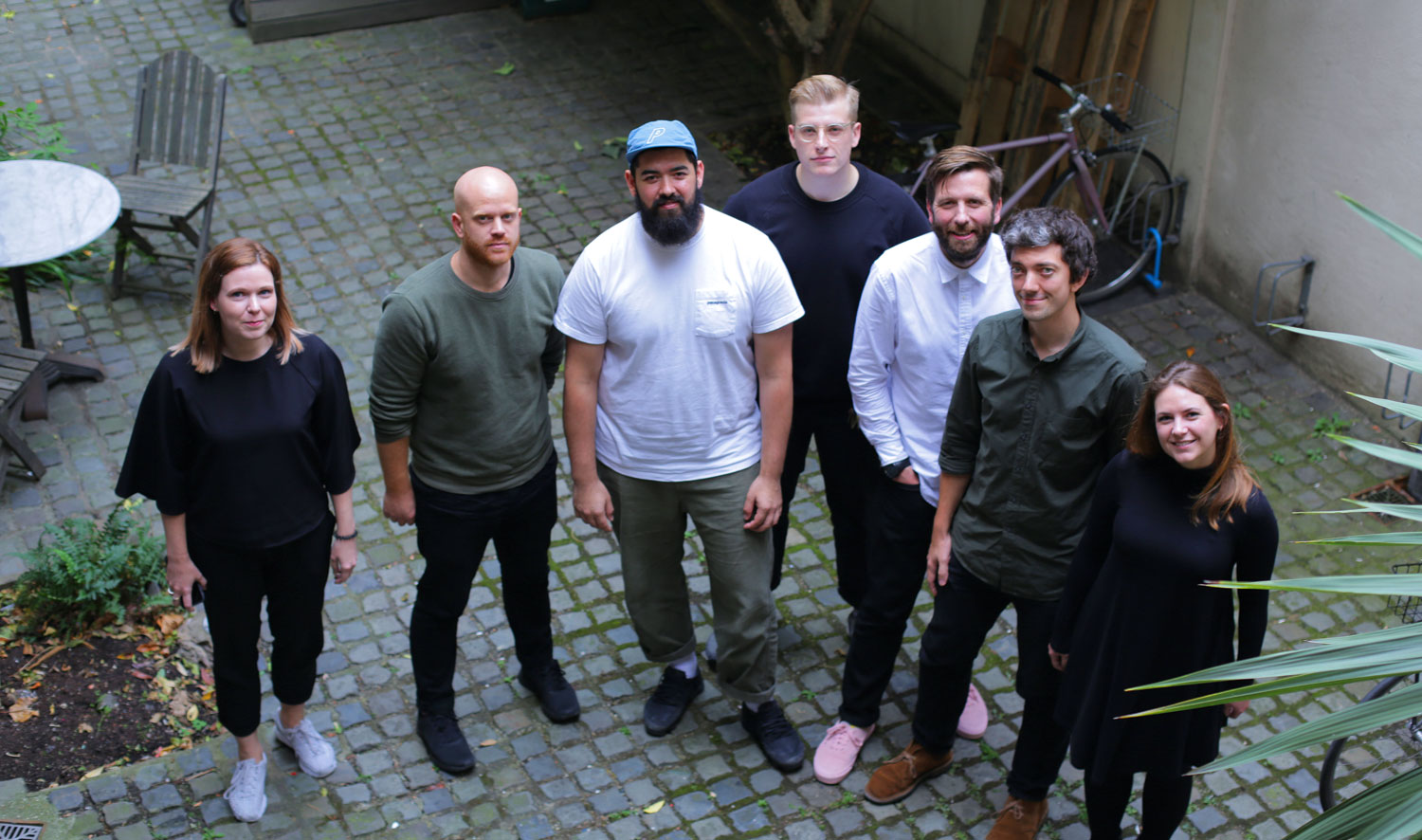
Rebranding a global giant like Fanta, across all languages and territories, would be a major task for most large agencies. For Koto, it was one of the first jobs on the slate – and the studio rose to the challenge, putting it firmly on the radar of its peers.
Koto was founded in 2015 by James Greenfield, Jowey Roden (both formerly at DesignStudio) and Caroline Matthews (former MD at Rupert Ray and Airside, where she worked with Greenfield). "We realised there weren't many people working at the intersection of brand and product," explains Greenfield, who headed up the major Airbnb rebrand while at DesignStudio.
"We particularly serve the start-up scene, Silicon Valley, places where a lot of interesting things are happening from a business point of view. That's been the basis of our growth."
Beside this practical reason for founding Koto, the trio also had an emotional one: "We wanted to create a family environment where people feel comfortable," adds Greenfield. "Branding can have an aggressive, male tendency at times. We wanted to create a buzz around ourselves, but in a way that everyone had a good time doing it."
Here, Greenfield and recently hired creative director Tim Williams – another DesignStudio alumnus – discuss the studio's rise to fame...
You burst onto the scene and built a reputation quite quickly. What's the secret?
Tim Williams: There's a real sense of energy, reflected in who we work with: young businesses with a lot of energy too. The effort everyone puts in is enormous, and we reflect that in our culture.
Our success has happened quite organically; I don't think there's any particular secret. We do the best work possible, and work really closely with our clients to make sure everything is delivered to the highest possible standard.
Get the Creative Bloq Newsletter
Daily design news, reviews, how-tos and more, as picked by the editors.
James Greenfield: Anthony Burrill said it better than I could: 'Work Hard and Be Nice to People'. But we also manage our social reputation, using Instagram to give people a sense of what it's like to work here. When I've gone for jobs at other agencies, there's been no sense of that. I saw the work, their About page, that was it. You had no sense of the cast of characters, or what it feels like. We wanted to be more open.
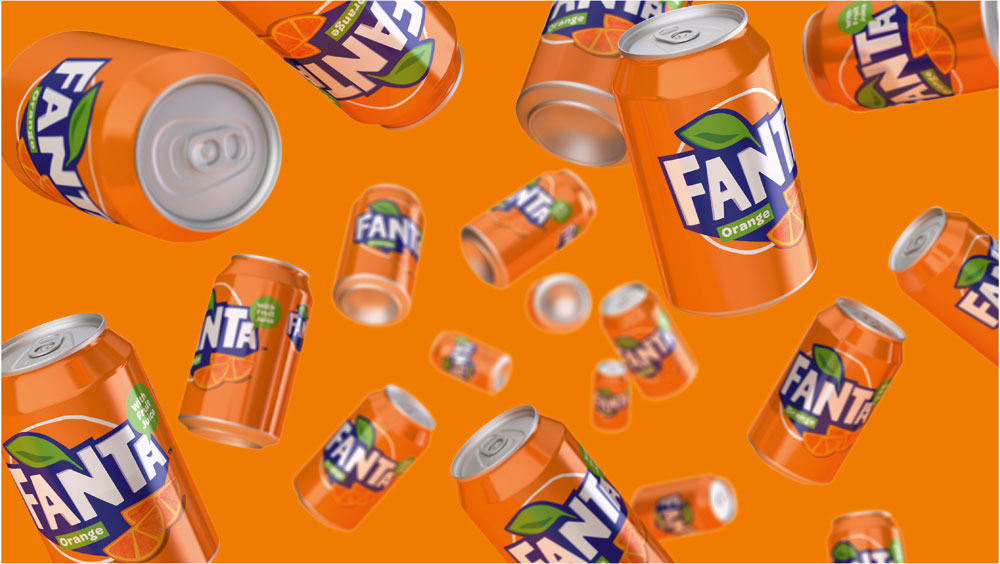
How do you handle Koto's social media?
JG: We don't like marketing meetings. Some agencies are guilty of 'over meeting', if that's a word. If something feels like it might be good to share with the outside world at that moment in time, one of us gets our phones out. We don't do a glut of content, or try to be overly strategic. The best social media people get engagement because they are showing something of their authentic selves.
We don't have new business teams, or social media marketing managers. You just don't need them. If we can't explain who we are as individuals on social media and as a team, then we're probably not doing a very good job.
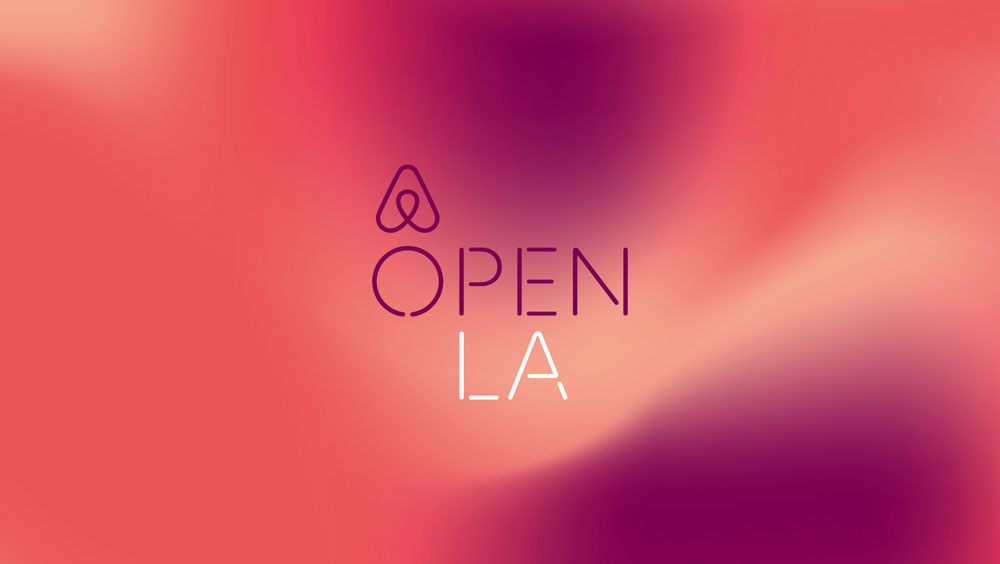
You say Koto's values drive your daily behaviours, what do you mean by that?
JG: We came up with our values on the roof of the Tate Modern, when Koto was five or six people. We said: 'What do you want to be?' and 45 minutes later ended up with three composite values [presented online as: 'Uncompromising Positivity'; 'Just Cadence', or the need for rhythm in the creative process; and 'Relentless Hustle'].
If we have that moment where the chips are down, or we're up against it and someone's come back with some really negative feedback, our values help us get us back up. Whether that's about being optimistic, or realising that relentless hussle is required to get through it.
With the old model of design, you got the brief and all the content, and then you were a conduit to communicate that to the world. Those days are gone. We rarely get a brief. We rarely have all the information at the beginning. Those values have to help us get younger staff, or those who are stuck on something, to refind their love for what they're doing, or get a breakthrough.
TW: It's not something you need to explain to everyone. They're implicit. You don't need to keep repeating them; they're a reflection of who we are.
JG: Yeah, they're not written on the walls. But we're an optimistic brand, and we think it's better to map those on our website than have a long, dry bit of text giving a potted history of the founders.
Agency websites are like Tinder. Clients are short of time, and want to work with someone. No one comes with unlimited time and money: the website should get them excited about working with us, but is never a replacement for meeting face-to-face. Let's have a coffee, talk about what you're facing, and how we can help.
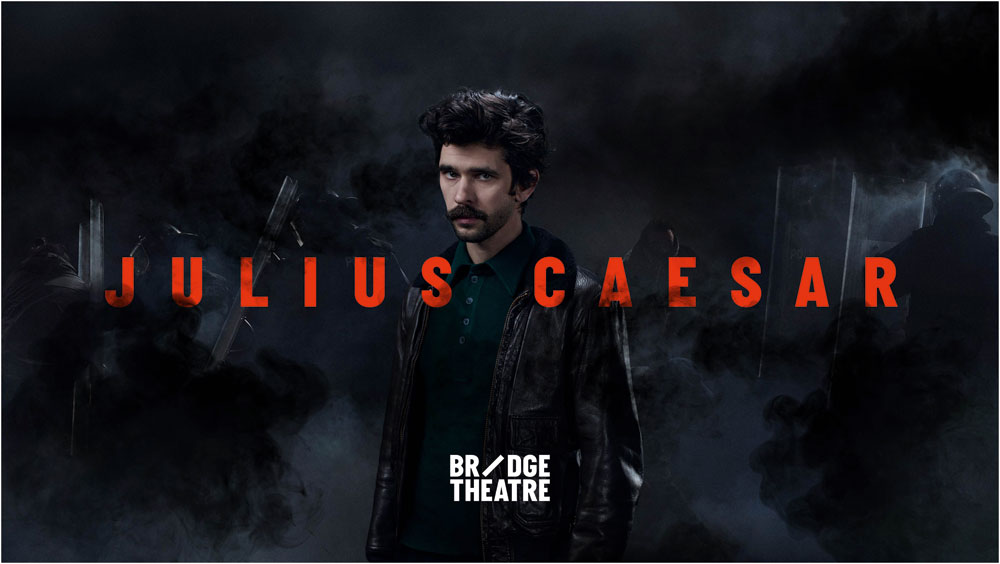
You talk about the 'beginner's mind' as an important starting point – what is this?
JG: It's about being open to stuff. As you go further through your career, you create more elastic responses to stuff. We're used to that in our everyday lives: 'I've seen this situation before, I've had this experience...' and you shortcut to the answer. If we did that, we'd end up in a situation where a finance client always gets blue, and a corporate typeface, and a vision that's about trust or safety. But if you use the beginner's mind, it's an open book.
TW: It's about not jumping to conclusions.
JG: Cynicism and scepticism are two traits that a lot of creatives hold. We hold our heroes and our tenets in creativity really high, and if people don't understand those, they're not in the club. They don't 'get' it. For us, it's about getting on the same level. Everything we know about creating, the reference points we've pulled together throughout our life, don't set us apart. Our job is to get them excited in the power of design, to make a change in their business.
TW: Also, a lot of the businesses we work with are quite complex. We are beginners, and our clients are the experts – we need to learn from them; immerse ourselves in their culture.

What advice would you give to fellow studios starting up to make a name for themselves?
JG: Hire people better than you. Creatives often struggle with that, because they don't want to be outshone. They've got their own vulnerabilities. Half the people at Koto, maybe more, are way better at design than I am – and that's good.
Also, when starting a studio, know when to let go. Creatives are really bad for that: making sure the kitchen's right, or the stationery is as you want it. You end up with creative inertia. If you want to get out of the blocks, you have to let go of some of it – otherwise you'll end up in a bottleneck, where you're the stopper.
This article was originally published in issue 274 of Computer Arts, the global design magazine – helping you solve daily design challenges with insights, advice and inspiration. Buy issue 274 here or subscribe to Computer Arts here.
Related articles:

Thank you for reading 5 articles this month* Join now for unlimited access
Enjoy your first month for just £1 / $1 / €1
*Read 5 free articles per month without a subscription

Join now for unlimited access
Try first month for just £1 / $1 / €1

Nick has worked with world-class agencies including Wolff Olins, Taxi Studio and Vault49 on brand storytelling, tone of voice and verbal strategy for global brands such as Virgin, TikTok, and Bite Back 2030. Nick launched the Brand Impact Awards in 2013 while editor of Computer Arts, and remains chair of judges. He's written for Creative Bloq on design and branding matters since the site's launch.
